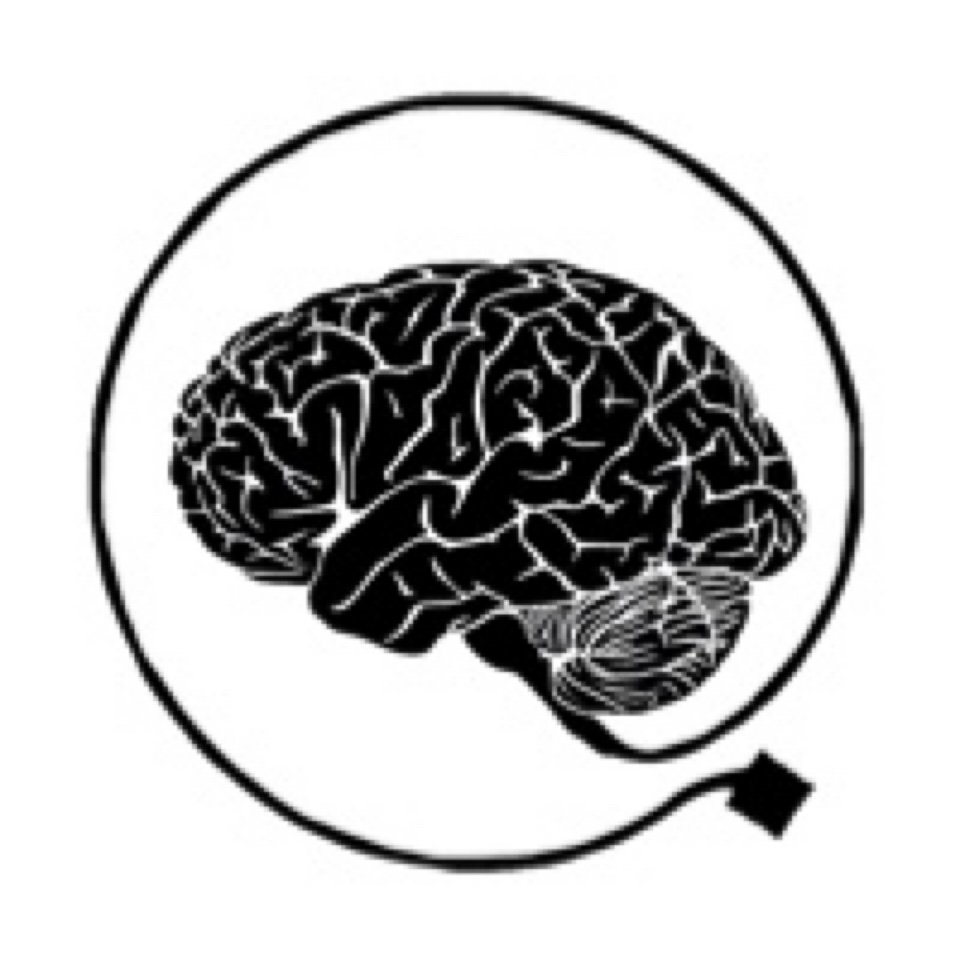
In his Thinking in Images (Bloomsbury 2023), Piotr Kozak defends the view that thinking in images in possible. The main arguments against the idea that one can think in images are two-fold. The first argument is that images are only instrumental and cognitively inferior, and knowledge traditionally consists of true and justified propositions, which are expressible in language. According to this view, images may have limited expressive power, are unreliable, cannot be trusted for inferences, and do not fit into a propositional account of knowledge.
Consider the interaction with large language models (LLMs), which are known to overlook verbal negation while still generating coherent narratives. It is conceivable that some types of linguistic competence do not require strict logical inference but rather rely on different construction rules.
Despite these concerns, I remain fascinated by the prospect of understanding all thinking in terms of measurement and construction rules. This perspective could also help bridge the gap between perception and thought, as a unified view of representation may more easily account for perceptual grounding.
However, embracing a pluralistic perspective on thinking might be a more prudent approach for several reasons. First, framing classical logical inference as just one of many possible construction rules for linguistic representations might seem overly relativistic to some. Propositional thought, when expressed in logical terms, is often seen as a robust means of preserving truth. If certain construction rules occasionally disregard basic logical consistency and negation, as LLMs do, this might be perceived as epistemologically irresponsible. Nevertheless, the measurement view of thinking can counter this objection, as it acknowledges that while such construction rules can exist, they would be unsuitable for truth-preserving discourse. Second, symbolic and structural representations might intertwine without merging into a single type of representation.
This argument is compelling because it suggests a unified view of imagination that encompasses both imagistic imagination, which involves mental manipulation and transformation of images, and linguistic imagination, such as writing a novel. Furthermore, complex art forms like theater and film could be understood through similar terms.
The second argument is that imagistic thoughts are alleged to be epiphenomenal. Since cognitive role of images is instrumental, it follows that images may be epiphenomenal. They can accompany our thoughts while remaining inessential to the thoughts themselves and are ultimately unable to affect the contents of thoughts.
This line of inquiry leads me to question whether Kozak’s account of thinking in images is fundamentally pluralistic or if it could pave the way for a unifying view that considers both measurement and iconic modes of representation as foundational. Such a proposal is appealing for two reasons: language could be perceived as having reduced dimensionality compared to imagistic modes of representation, and certain forms of linguistic thinking may be challenging to frame in truth-preserving, propositional terms.
Kozak’s framework is largely compelling, though I would express this theory using information-theoretic terms, such as my own correspondence theory of semantic information. These two perspectives share many similarities regarding iconic or structural representation. Moreover, Kozak’s measurement theory effectively addresses key criticisms against structural representations.
In his book, Piotr Kozak posits that images function as measurement devices, systematically mapping a depicted state onto a representation in a manner akin to measurements. Images are theory-laden and intertwined with our understanding of the world; they are selective, perspectival, and represent only certain information from a specific viewpoint. Kozak argues that images serve a dual purpose: they are both the products of measuring procedures and the measures that determine the ways we localize measured values. In essence, images are the instruments through which we measure the world.
Overall, both these arguments suggest a deep discrepancy between the scientific image and the philosophical understanding of what thinking is and what thinking with images can and cannot be. The imagistic account of human thought is a source of misunderstandings and disputes mostly because it is not clear what we really mean when we say that we think with images. Therefore, establishing what kind of contribution images make to thinking is needed to understand whether one can actually think in images.
My primary concern, however, is whether this framework could be extended to analyze thinking in words. Although we have propositional models of thought, our understanding of linguistic imagination remains limited. One possibility is that language also functions as a measurement device, with various types of discourse involving different construction rules.

